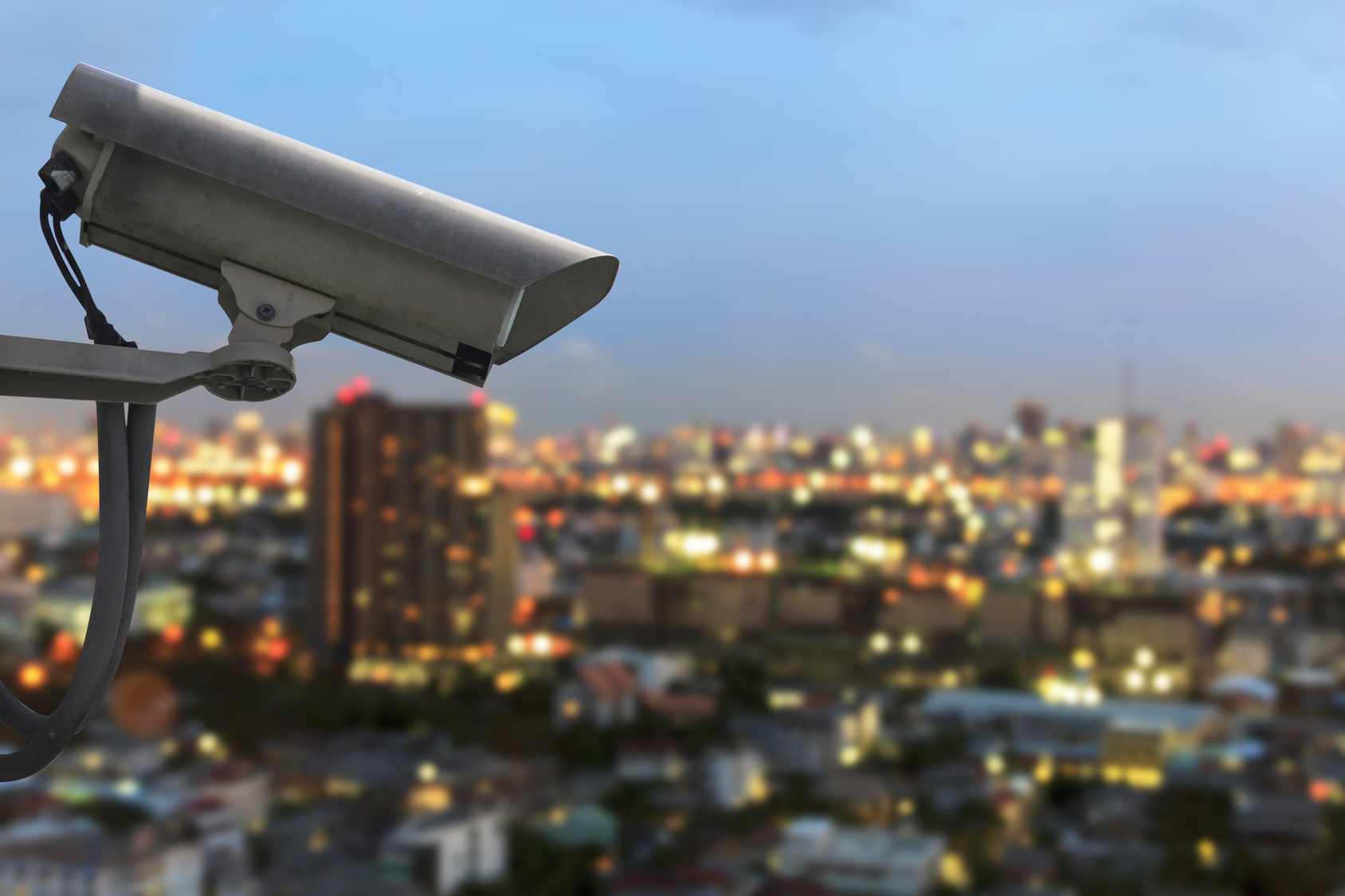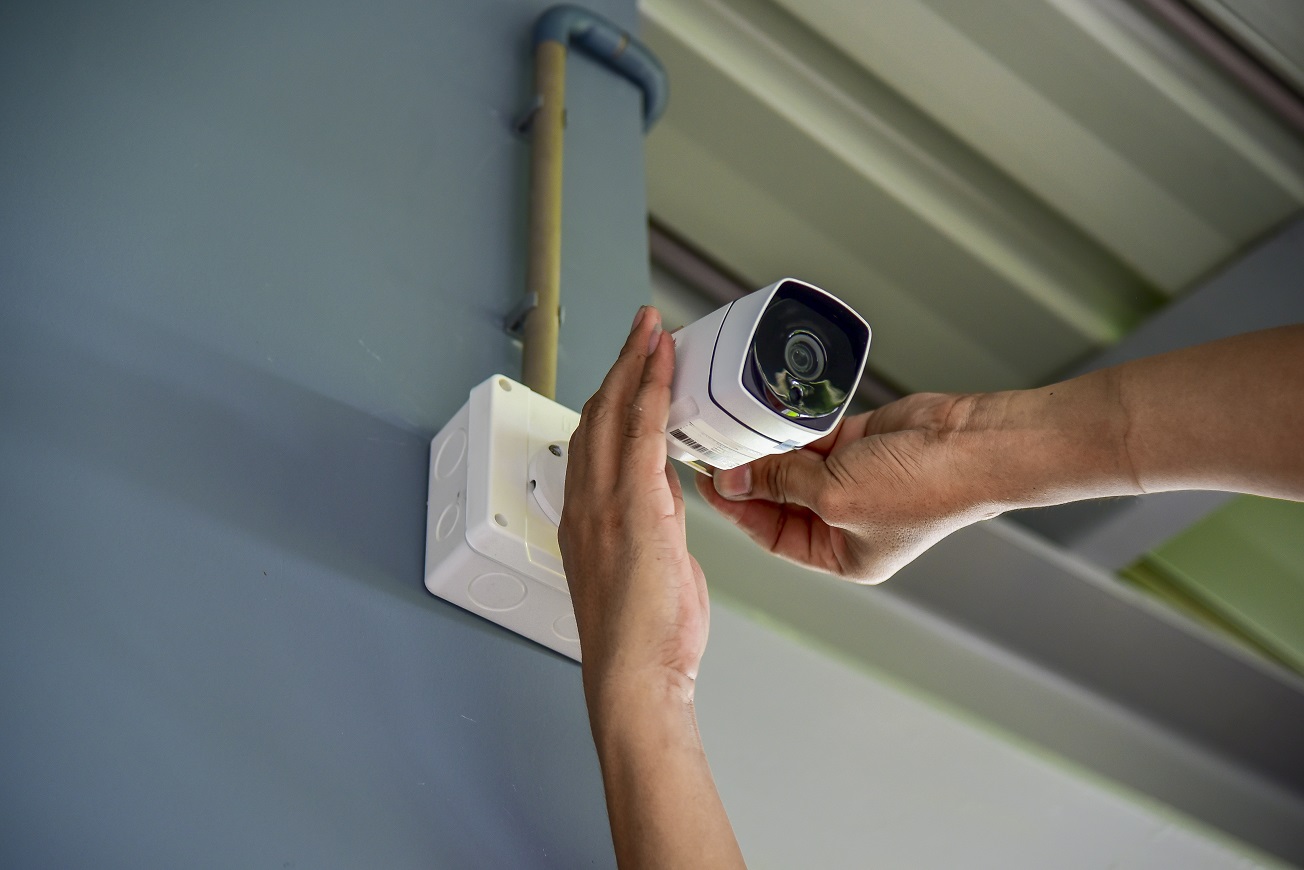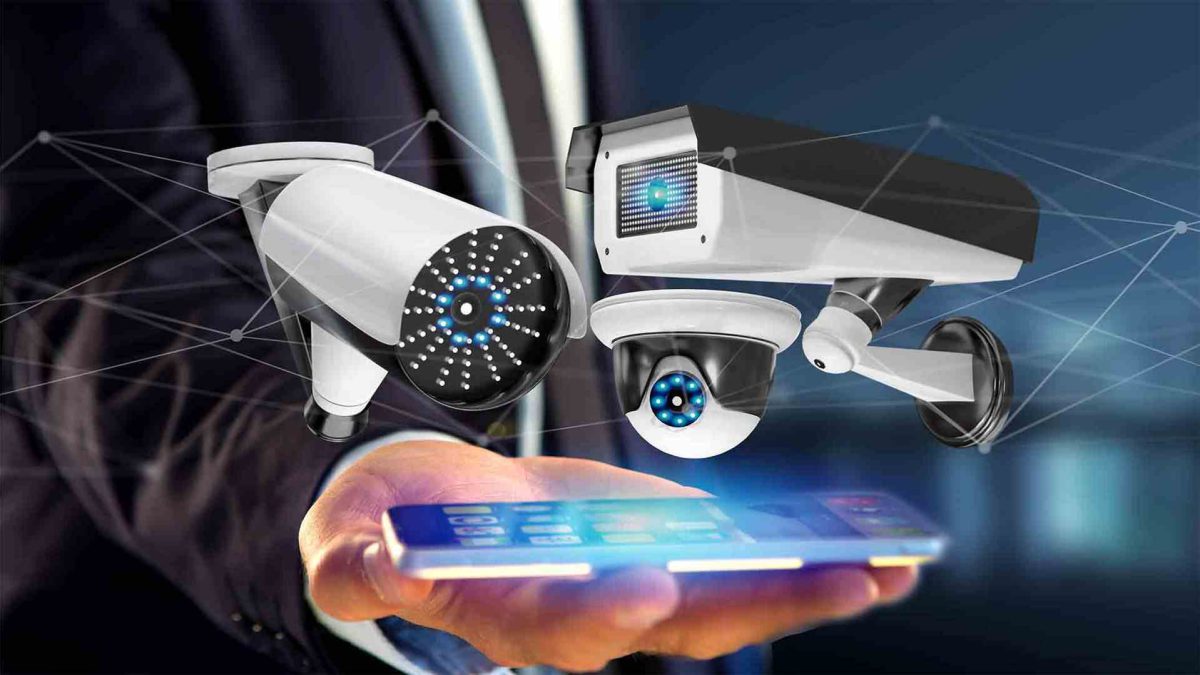Table of Contents
ToggleCCTV Technology – Then & Now
The history of video surveillance security systems is something that is still being written today. This is a field in continuous development in which advances are something frequent. We want to help you stay up to date and learn from a little perspective on this important element in our lives today. For this reason, we have made a brief review of CCTV history.
Who invented CCTV systems?
Today we rely a lot on security cameras. But that kind of protection wouldn’t exist without the efforts of African-American inventor, Marie Van Brittan Brown (1922-1999), who invented the first home security system.
As a nurse living in Jamaica, Queens, Brown often had to be home alone at odd hours. This was a time when the crime rate in her neighborhood was steadily rising. Frustrated by slow police response times, in 1966 Brown invented a sophisticated video and audio security system with the help of her electrician husband. Although Brown was the brains, the actual build was a collaborative effort, like Jobs and Woz.
The main security problem at the time was having to open the door to see who was knocking. Brown’s device had 4 peepholes at different levels (because invaders can be children too), and a camera that moved between them was connected to the monitor in the bedroom. You could use a remote control to communicate with the person outside through the microphone, unlock the door remotely if you wanted to let them in, or sound an alarm for help.
The pair received a patent for the idea in 1969, and it was the first of its kind in CCTV history. Brown also ultimately received an award from the National Science Committee, and the pair’s original patent has been referenced in 13 patent applications by inventors who have used some aspect of the closed-loop system since then. It laid the groundwork for all future home security systems, but it caught on when apartment buildings and businesses started adopting the model.
It’s not clear if the Browns ever profited from their invention, and Marie certainly doesn’t get the credit she deserves (there was an interview with the New York Times when the patent application got approval, but no subsequent coverage). But with her safety and her family assured of her, Brown was able to live in Queens for the rest of her life.

Patent application filed in 1966 by Marie Van Brittan Brown
The patent application was filed on August 1, 1966, under the names of Marie Van Brittan Brown and Albert L. Brown, both of 151-58 135th Avenue, Jamaica, New York. The application indicates that the invention described is “a video and audio security system for a house under the control of the occupant of the same”.
In the mid-1960s there were no home surveillance systems. So, Marie and Albert applied for a patent on what would be a “first” in the CCTV history. In citing the patents their application relied on to create the system, the Browns only noted three earlier patents: the invention of the television system. by Edward D. Phinney (approved February 7, 1939), an identification system created by Thomas J. Reardon (approved November 24, 1959), and a remotely operated control of the scanning system (approved June 28 of 1966).
Today, the Browns’ patent is referenced by 13 subsequent inventors who trace their creation back to having used some aspect of the Browns’ closed-loop system. The most recent patent that referenced the Browns’ invention was in 2013.

CCTV history: From the ’60s until now
CCTV (closed-circuit television) systems were introduced in the United States and England in the 1960s and 1970s.
Today’s CCTV systems are a thousand times more advanced than the basic camera and monitor setups that first appeared in CCTV history (the 1960s). As has been said, the systems of the sixties were quite simple, consisting of low-resolution black and white cameras connected by a coaxial cable. Each camera was connected to a black and white monitor. If you put 10 cameras, you needed 10 monitors.
The evolution of this technology began almost as soon as it came into existence. At first, a switch box was added. This allowed the operator to switch cameras from his vantage point. Operators can now view multiple cameras from a single monitor. In those days you could only see one camera at a time. The ‘70s brought multiplexers, VCRs (security video), and more elaborate cameras.
Multiplexers made it possible to split the same monitor into four screens. VCRs allowed video recording and distribution. The new cameras gave reliability and better resolution as well as greater compatibility with other equipment.
At first, there were many problems, especially with the VCRs. The quality of the recordings was very poor. The combination of the low resolution of the cameras and the poor quality of the videotapes resulted in unclear and foggy images.
VCR technology did not allow the operator to review and record simultaneous events and it took a long time to find certain specific moments.
There was also no way to do remote management from another place.
The functionality and performance of these systems were originally very basic and at the same time very expensive, both for equipment and installation. The next generation of surveillance systems in CCTV history appeared in the mid-1990s. The new technology brought innovations such as the DVR or Digital Video Recorder that allowed images to be recorded at a much higher resolution than its predecessor. It also solved a drawback of the old recording methods – videotape.
DVRs are automatic and require little operator intervention. The images are tagged with their corresponding dates and times and are very easy to access. DVRs using IP (Internet Protocol) technology allow authorized remote users to access recordings from the Internet, a LAN or WAN, and even control the movement of distant cameras.
Today’s cameras come with incredible improvements such as high resolutions, zoom, and a good number of lenses that allow us to have a wide view of what we are watching. With some supplements such as infrared, we can have night vision. They can be configured so that they start recording if an alarm that we have previously determined goes off.

Conclusion
Video surveillance is a tool that has greatly facilitated the issue of security, which is why many businesses, homes, and different governments see it as an excellent investment for their protection. In this article, we learned about CCTV history and the inventor of the first video surveillance system, Marie Van Brittan Brown.
CCTV Technology – Then & Now

